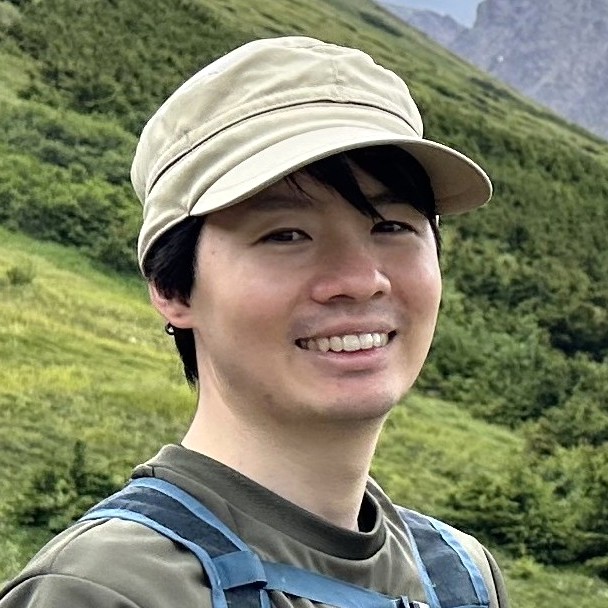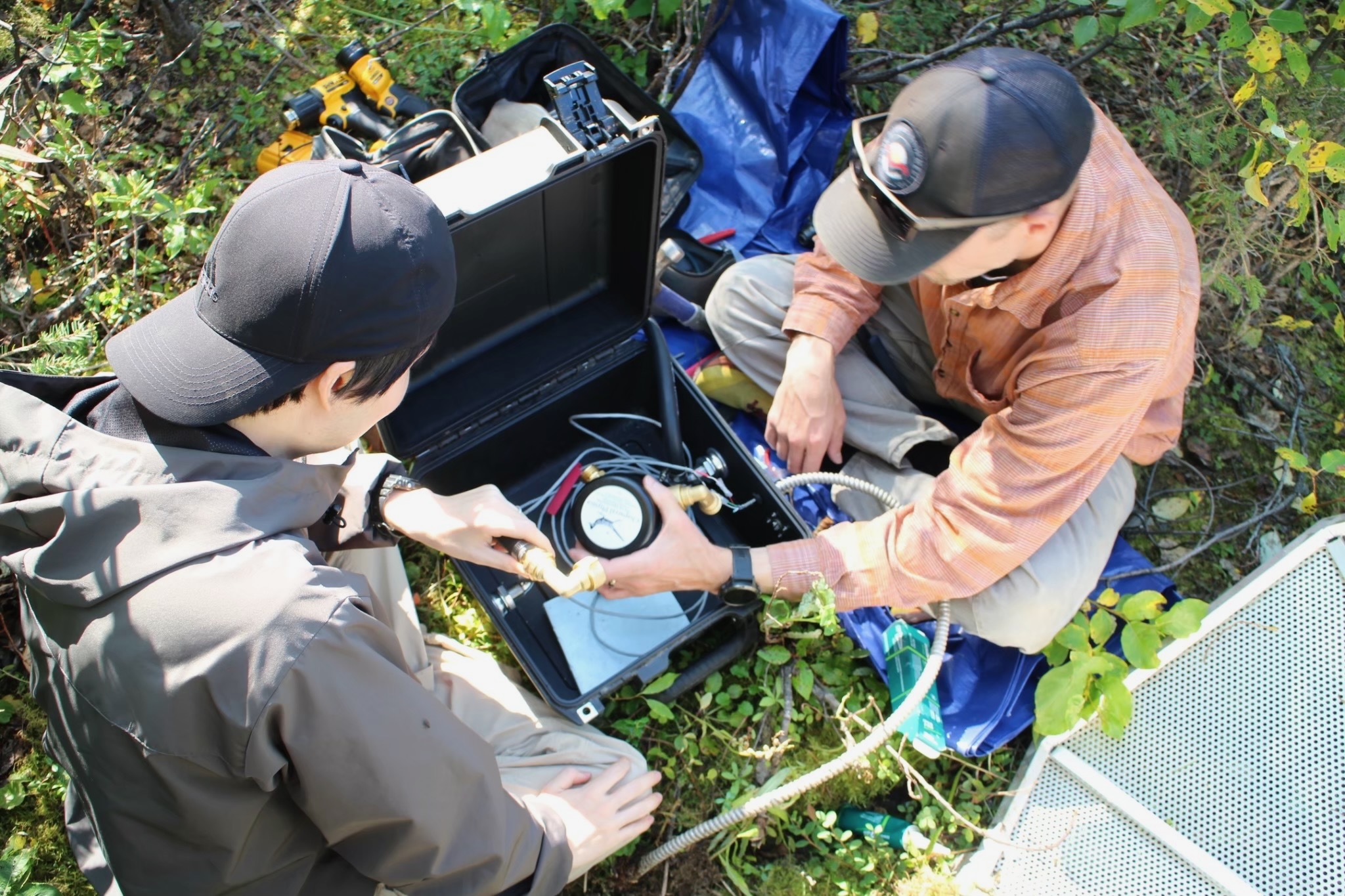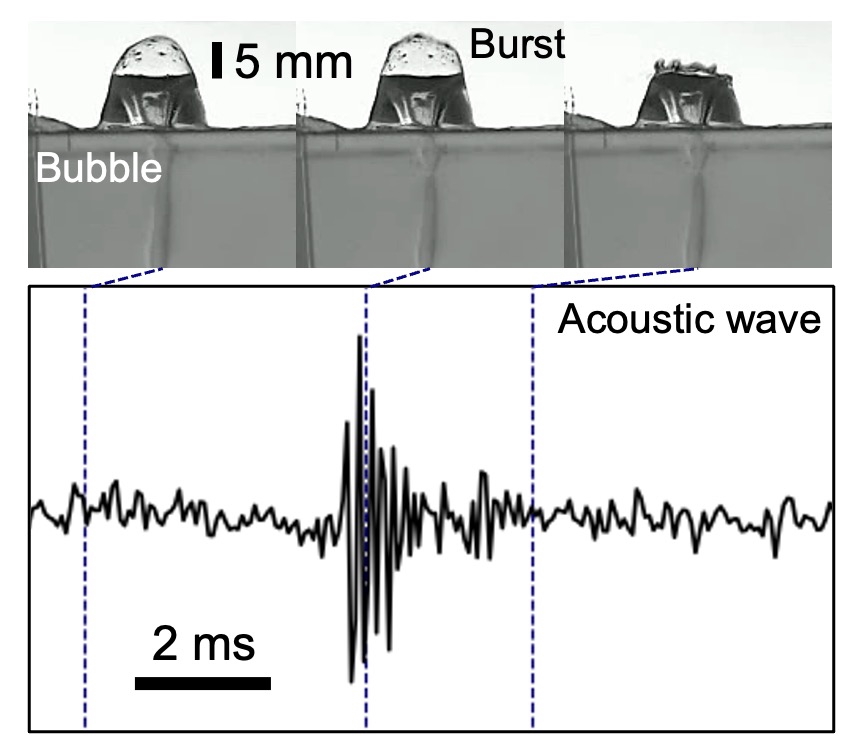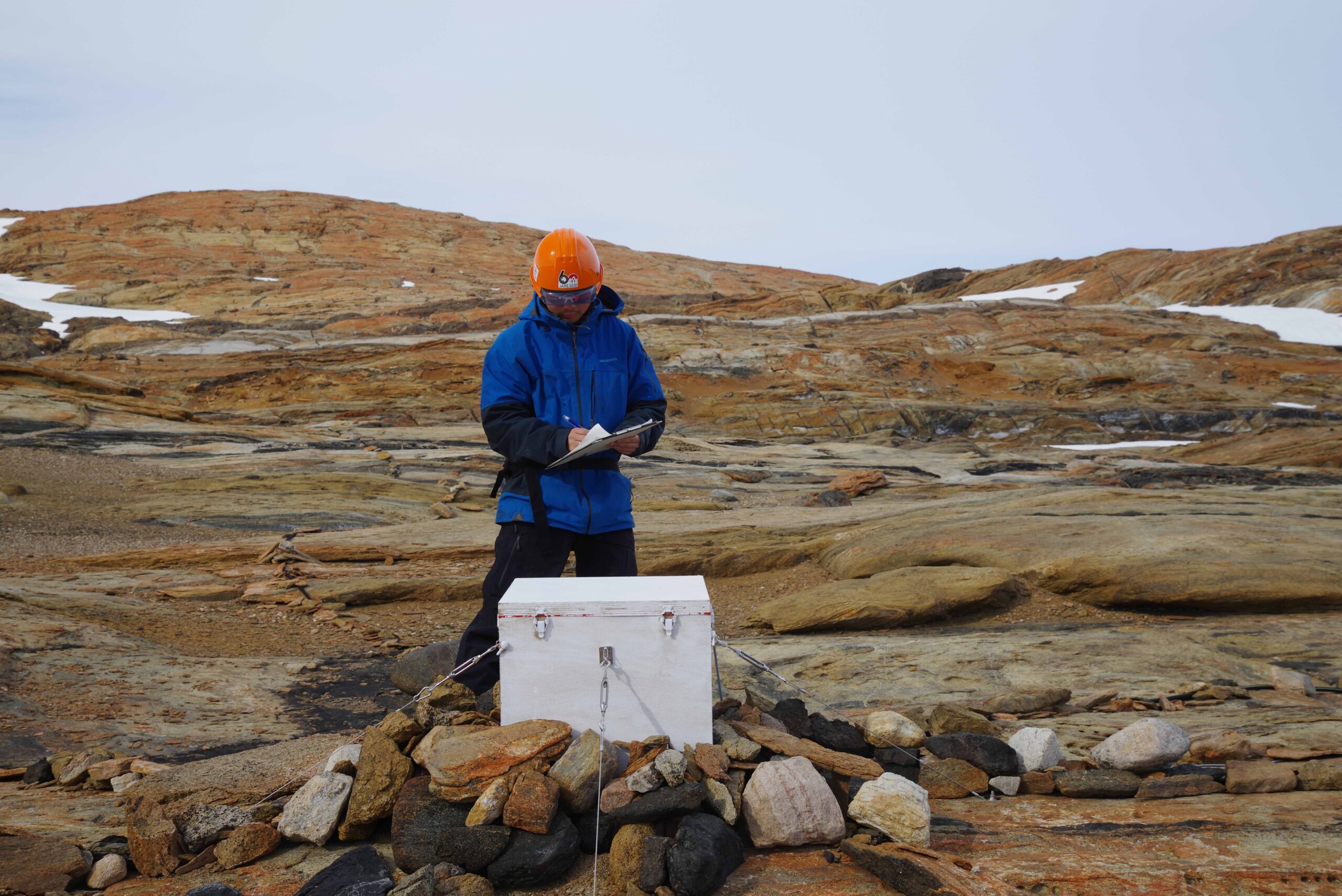MURAMATSU Dan
Assistant Professor
Investigating volcano by sound and seismic wave
Institute of Seismology and Volcanology, Volcano Physics

| Theme | Elucidation of mechanisms of volcanic phenomena based on seismo-acoustic observation and application to volcano monitoring |
| Field | Volcanology, Geophysics |
| Keyword | Active volcano, Volcano observation, Monitoring, Eruption prediction |
Introduction of Research
Volcanoes provide us with various benefits, but can also cause disasters when they erupt. As residents of Japan, a country with many volcanoes, we must understand the dual nature of volcanoes and learn to live with them. At the Institute of Seismology and Volcanology, we conduct research based on geophysical observations to elucidate the mechanisms of volcanic phenomena and develop methods for predicting eruptions. I am engaged in observational research using infrasound and seismic waves. Infrasound refers to a very low-frequency sound wave that is lower than the audible limit to humans (around 20 Hz), and it is generated by volcanic phenomena occurring on the ground surface. By utilizing both infrasound, which propagates through the air, and seismic waves, which propagate through the ground, we can approach phenomena occurring from the Earth's interior to the surface. Field observations are the foundation of our work (Fig. 1). I also conduct laboratory experiments to investigate the mechanisms behind infrasound generation (Fig. 2). Additionally, infrasound is known to accompany various natural phenomena on Earth (such as lightning, fireballs, ocean waves, avalanches, and glacial collapses). I am also involved in observational research on infrasound in Antarctica (Fig. 3).
Representative Achievements
| Academic degree | Ph. D. |
| Self Introduction | I am from Oita, a place with many active volcanoes and famous hot springs, which interested me in volcanology and earth science. I like mountain climbing and reading. |
| Academic background | 2017 B. S., Department of Earth and Planetary Sciences, School of Science, Kyushu University 2019 M. S., Department of Earth and Planetary Sciences, Graduate School of Science, Kyushu University 2019 Ph. D., Department of Earth and Planetary Sciences, Graduate School of Science, Kyushu University 2022 Reserch Fellow, Earthquake Research Institute, The University of Tokyo 2023 Reserch Fellow, Japan Society for the Promotion of Science 2024 Visiting researcher, USGS Alaska Volcano Observatory (4 months) 2025- Assistant professor, Faculty of Science, Hokkaido University |
| Affiliated academic society | The Volcanological Society of Japan, Japan Geoscience Union |
| Room address | Science Building 4 4-303 |




